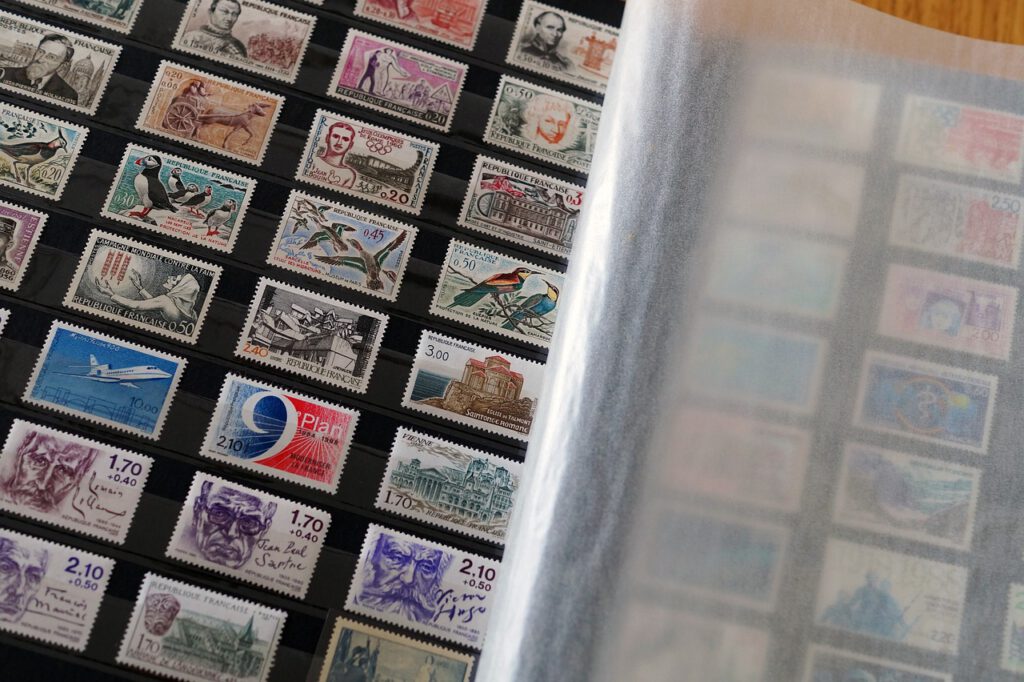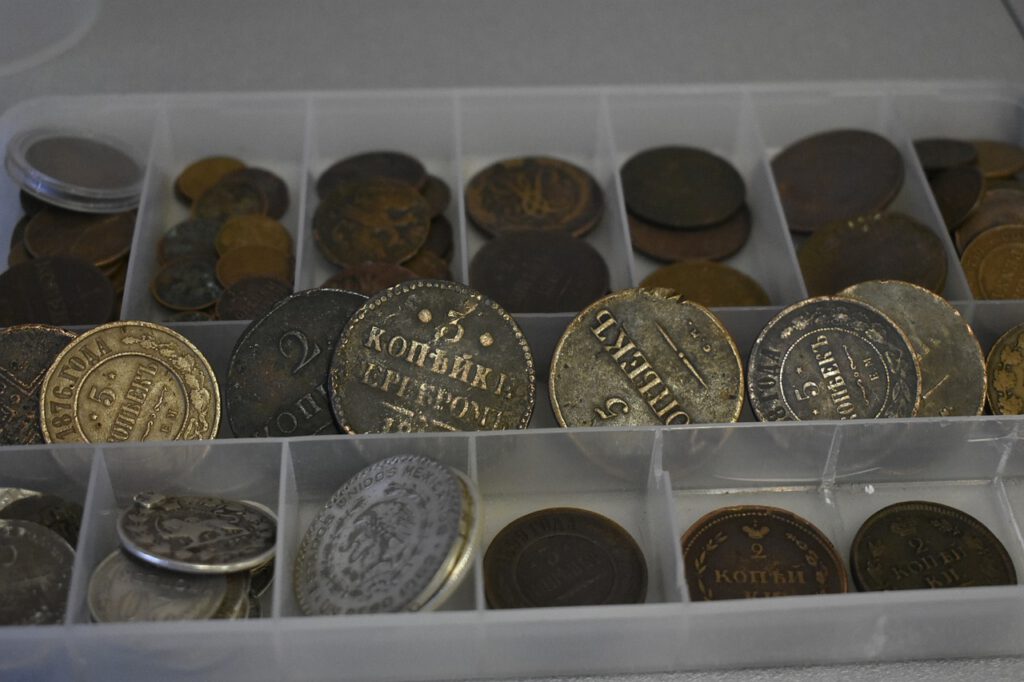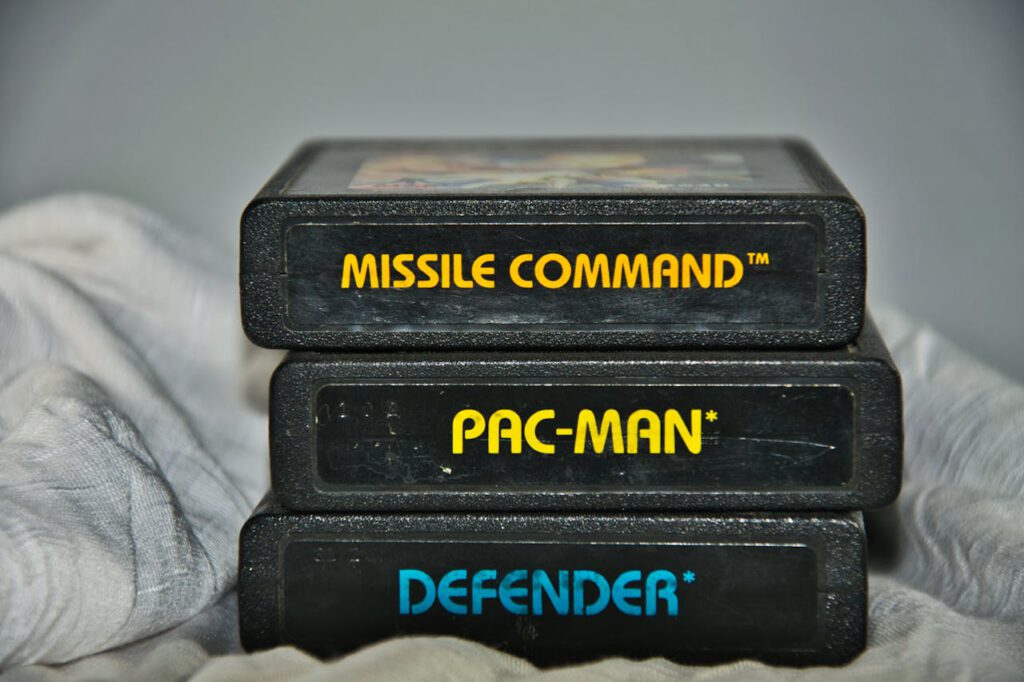

collectibles
In the vast digital landscape of e-commerce, where countless storefronts vie for attention, one niche stands out as a beacon of opportunity and fascination: collectibles. These cherished artifacts of human culture and history possess an allure that transcends mere ownership, captivating the hearts and minds of enthusiasts worldwide. For the astute entrepreneur, this passion presents a golden opportunity to create a thriving online business that not only generates profit but also preserves and celebrates our shared heritage.
The Allure of the Rare and Precious
Imagine, if you will, a world where every object tells a story. A world where a seemingly insignificant trinket can hold the key to unlocking tales of bygone eras, of triumphs and tribulations, of artistry and innovation. This is the world of collectibles, a realm where value is measured not just in dollars and cents, but in the richness of history and the depth of human connection.
From vintage comic books that transport us to fantastical realms, to antique furniture that whispers secrets of centuries past, collectibles offer a tangible link to our collective memory. They are more than mere possessions; they are portals to different times and places, vessels of nostalgia and wonder.
Crafting Your Digital Emporium
In this age of digital commerce, the opportunity to bring these treasures to a global audience has never been more accessible. Your online collectibles store can become a curated gallery of rarities, a virtual museum where each item is not just for sale, but also for admiration and education.
But how does one begin this journey into the world of online collectibles? The key lies in understanding the delicate balance between commerce and curation, between profit and preservation.
The Hunt for Hidden Gems
The first step in creating a successful collectibles e-commerce store is sourcing your inventory. This is where the thrill of the hunt comes into play, a pursuit that can be as rewarding as the sale itself.Consider the following avenues for discovering hidden treasures:
- Online Auctions: The digital age has transformed the auction house into a global marketplace. Platforms like eBay and LiveAuctioneers offer a vast array of collectibles from sellers around the world. Here, with a keen eye and quick reflexes, you can snag undervalued items that others might overlook.
- Thrift Stores: These local treasure troves are often goldmines of overlooked valuables. Many a fortune has been made from a dusty shelf in a thrift store, where knowledge and intuition can lead to extraordinary finds.
- Estate Sales: When a lifetime of collecting comes to an end, estate sales offer a unique opportunity to acquire entire collections at once. These events can be a wellspring of rare and valuable items, often sold by those who may not fully appreciate their worth.
- Flea Markets and Antique Fairs: These gatherings of sellers and collectors are not just marketplaces; they’re adventures. Here, amidst the bustling crowds and eclectic displays, you can unearth items of great value and rarity.
- Direct from Collectors: Building relationships with fellow collectors can lead to private sales and exclusive opportunities. Networking within collector communities can open doors to acquisitions that never reach the public market.


The Skill of Valuation
Once you’ve amassed your inventory, the next crucial step is determining the value of each item. This is where the science of collectibles meets the art of pricing. It’s a delicate balance that requires knowledge, research, and a touch of intuition.For modern collectibles, consider the following factors:
- Model Numbers and Editions: Limited editions and specific model numbers can significantly impact value.
- Rarity: The scarcity of an item often correlates directly with its worth.
- Production Dates: Certain years or periods of production may be more desirable to collectors.
- Brand Recognition: Items from well-known or prestigious brands typically command higher prices.
- Condition: The state of preservation can make or break a sale. Mint condition items are the holy grail for many collectors.
For antiques, the valuation process becomes even more nuanced:
- Market Value: Research recent sales of similar items to gauge current demand.
- Rarity: Unique or scarce antiques can fetch premium prices.
- Condition: The preservation state is crucial, with original, unrestored pieces often being most valuable.
- Provenance: The item’s history and documentation can significantly enhance its value and appeal.
Remember, pricing is not just about maximizing profit; it’s about finding the sweet spot where value meets demand. Price too high, and your items may languish unsold. Price too low, and you risk undervaluing your treasures and missing out on potential profits.
The Digital Showcase
With your inventory sourced and priced, the next step is presenting your collectibles in the best possible light. Your online store should be more than just a catalog; it should be an experience, a digital museum that educates and entices in equal measure.Consider the following elements for your online presentation:
- High-Quality Photography: In the absence of physical inspection, your photographs must tell the whole story. Invest in professional-grade photography equipment and learn the art of product photography. Each image should highlight the item’s best features and accurately represent its condition.
- Detailed Descriptions: Your product descriptions should be a blend of factual information and storytelling. Include all relevant details such as dimensions, materials, and condition, but also weave in the item’s history and significance. Paint a picture that allows potential buyers to envision the piece in their own collections.
- Certification and Authentication: For high-value items, provide documentation of authenticity. This can include certificates from recognized experts, provenance records, or detailed condition reports.
- Educational Content: Consider creating blog posts or videos that delve into the history and significance of your collectibles. This not only adds value for your customers but also establishes your expertise in the field.
- Virtual Tours: Utilize technology to offer 360-degree views or virtual reality experiences of your most prized items. This immersive approach can help bridge the gap between online shopping and the in-person experience.
The Business of Passion
Running a collectibles e-commerce store is more than just buying and selling; it’s about fostering a community of like-minded enthusiasts. Engage with your customers through social media, newsletters, and personalized communications. Share your knowledge and passion, and encourage your customers to do the same.Consider offering services beyond just sales:
- Appraisal Services: Offer your expertise to help others value their collections.
- Restoration and Conservation: Partner with experts to offer restoration services for antiques and collectibles.
- Collection Management: Provide guidance on how to care for and display collectibles.
- Custom Sourcing: Offer to hunt for specific items on behalf of your most dedicated customers.


The Logistics of Treasures
When dealing with rare and valuable items, the importance of proper handling and shipping cannot be overstated. Develop a robust system for packaging and shipping that ensures your collectibles arrive safely at their new homes.Factor in the following costs when pricing your items:
- Shipping Materials: Invest in high-quality packaging materials to protect your items during transit.
- Insurance: Always insure valuable shipments to protect against loss or damage.
- Handling Fees: Account for the time and expertise required to properly package and ship delicate items.
The Ever-Changing Landscape
The world of collectibles is dynamic, with trends and values constantly shifting. Stay informed about market trends, emerging collectibles, and changes in collector preferences. Attend trade shows, read industry publications, and engage with collector communities to stay ahead of the curve.
Be prepared to adapt your inventory and pricing strategies as the market evolves. What’s hot today may cool tomorrow, and overlooked items of the past may suddenly become the next big thing.
The Ethical Imperative
As a purveyor of history and culture, you have a responsibility that goes beyond mere profit. Ensure that your business practices are ethical and transparent. Be honest about the condition and provenance of your items, and never knowingly sell counterfeits or items of questionable origin.
Consider the cultural significance of certain items, particularly those from indigenous or historically marginalized communities. Be sensitive to the ethical implications of buying and selling such items, and always strive to respect the cultural heritage they represent.
The Future of Collecting
As we look to the future, the world of collectibles is poised for exciting developments. Digital collectibles, such as NFTs (Non-Fungible Tokens), are opening up new frontiers in what can be collected and traded. Virtual and augmented reality technologies promise to revolutionize how we experience and interact with collectibles in the digital space.
Stay open to these emerging trends, but never lose sight of the timeless appeal of tangible, physical collectibles. There will always be a place for the thrill of holding a piece of history in one’s hands.
Conclusion: A Legacy of Passion and Preservation
Creating an online collectibles store is more than just a business venture; it’s a calling. You are not merely a seller, but a curator, a storyteller, and a guardian of history. Your store can become a digital museum, a place where the past is preserved and celebrated, where each item tells a story and carries with it the weight of human creativity and experience.
As you embark on this journey, remember that your success will be measured not just in profits, but in the joy you bring to collectors, the knowledge you share with enthusiasts, and the cultural heritage you help preserve for future generations.
In the world of collectibles, every sale is not just a transaction, but a transfer of passion, a passing of the torch from one caretaker to another. Your online store can be the catalyst for these moments of connection, these bridges between past and present.
So, as you build your digital emporium of treasures, do so with care, with knowledge, and with reverence for the stories each item holds. For in the world of collectibles, you are not just selling objects; you are trading in memories, in dreams, and in the enduring human desire to connect with our shared history.
Welcome to the art of collectibles. May your journey be as rewarding as the treasures you seek.